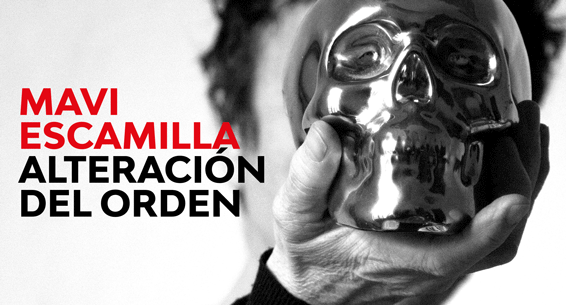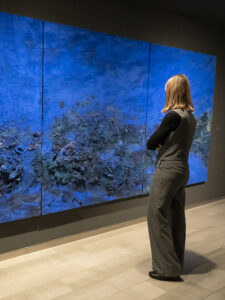UNTIL SUNDAY 16/2
THE ETHNO. Corona, 36
Journalism tends to focus for a few weeks on people who are in the news or are part of it, but they forget about them when interest wanes and the news fades into the news stream. The photojournalist Gervasio Sanchez he refuses to accept this maxim when he pays attention to people who have become direct victims of war long after the hatchet has been buried. The victims of those cursed buried anti-personnel mines that amputate the arms and legs of boys and girls after the conflicts are over, portrayed within the project Vides minades that began the 1995. Gervasio has never abandoned them, has portrayed them throughout 25 years to know its evolution. That of Manuel Orellana, who had a mine explode while growing coffee in El Salvador; or Sofia Elface Fume de Moçambic, who stepped on a mine when gathering firewood. Seven people from all over the world that Gervasio met in hospitals, orthopedic centers or foundations and that are now portrayed, not as mutilated victims, but as persons with dignity who, despite the setbacks, they managed to get ahead. With the Angolan Joaquina Natchilombo, Who, with a leg mutilated by the explosion that killed his daughter and sister, he walks with crutches five kilometers every day carrying the dacsa harvest under his head. Fa 25 years, Gervasio showed us the criminal effects of antipersonnel mines; today he speaks to us in images about the resilience of the human being. According to him, "in the midst of destruction, there are people who resist war, to violence, and behave with dignity, with the dignity that usually fails everywhere". S.M.















